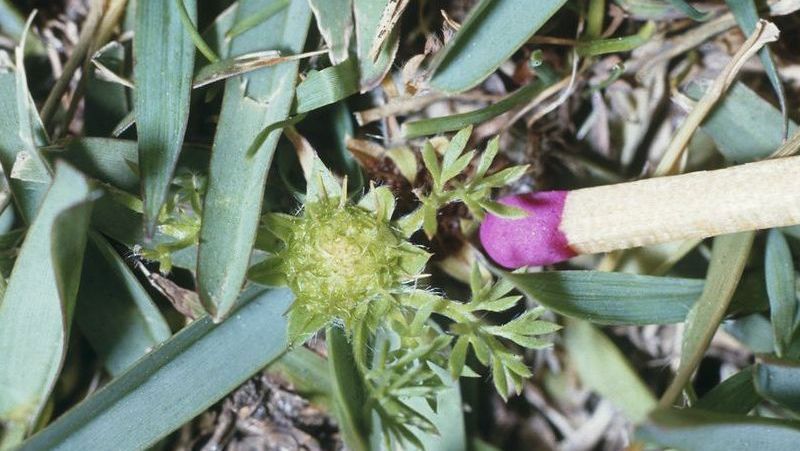Yates Account
Join now
Create a Yates account today!
Sign up to join the Yates Garden Club for monthly e-mails packed with seasonal inspiration, tips for success & exclusive promotions.
Plus if you’re a Garden Club member you can take part in the Yates Growing Community - a blog to share successes, get advice & win prizes in fun challenges along the way!

Forgot password
Enter the email address associated with your account, and we'll email you a new password.
Soliva spp.
What is Onehunga Weed?
Onehunga Weed - also known as Prickle Weed, Lawn Burweed, or Bindii in Australia - is an unpleasant, prickly pest in lawn turf. It's the weed that causes bare feet to resemble pin-cushions, detested by generations of kids!
It's an annual weed which forms small ferny rosettes about 20mm in diameter, in patches up to 40cm across. Seeds germinate in autumn, but the Onehunga weed doesn’t put on much growth until spring. Flowers are tiny and a greenish-yellow colour. By the middle of spring each rosette of leaves has formed a flower head - unfortunately, this contains lots of ripening seeds with spines on them. Seeds mature and drop from the plant by about the middle of summer. Onehunga weed seed is spread by foot traffic, or on the fur of animals. The best time for control is when the plants are putting on their flush of growth during spring, preferably before flowering to prevent the spiny seeds from maturing.
Once the seed heads have formed, uptake of herbicide is limited and control isn't usually very successful.

Plants impacted
- Lawns and turf


















Share
Share this article on social media